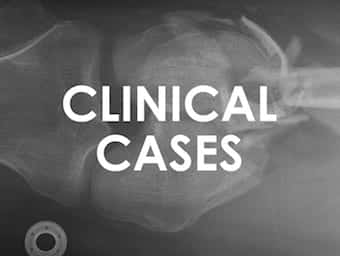
Diabetes Insipidus following TBI
Diabetes insipidus (DI) results from decreased secretion and action of anti-diuretic hormone (ADH). ADH is produced in the hypothalamus and transported to the posterior pituitary gland

Diabetes insipidus (DI) results from decreased secretion and action of anti-diuretic hormone (ADH). ADH is produced in the hypothalamus and transported to the posterior pituitary gland

Limitations of CT head scan in Traumatic Brain Injury (TBI)

Cerebral Perfusion Pressure (CPP) in Traumatic brain injury (TBI). Cerebral Perfusion Pressure (CPP) = MAP – ICP or CVP (whichever is highest)

Traumatic brain injury (TBI) is an insult to the brain from an external mechanical force, potentially leading to an altered level of consciousness and permanent or temporary impairment of cognitive, physical, and psychosocial functions.

Increased Intracranial Pressure in TBI; normal ICP 7-15mmHg
sustained increases > 20mmHg is associated with ischaemic brain injury

OVERVIEW TBI assessment involves: HISTORY General (AMPLE) Specifically: EXAMINATION Specifically in TBI assess: Evidence of base of skull fracture: Look for evidence of trans-tentorial herniation: Look for evidence of underlying causes and complications INVESTIGATIONS Bedside Laboratory Imaging References and Links

Traumatic Brain Injury (TBI) is a devastating condition in terms of personal, societal and wider economic impact

The core physiological monitor used in TBI is ICP monitoring, in addition to standard monitoring used for any critically ill patient

The management of Traumatic Brain Injury (TBI) is focused on the prevention of secondary injury

A Q&A approach to the key concepts and considerations in the initial assessment and management of traumatic brain injury.